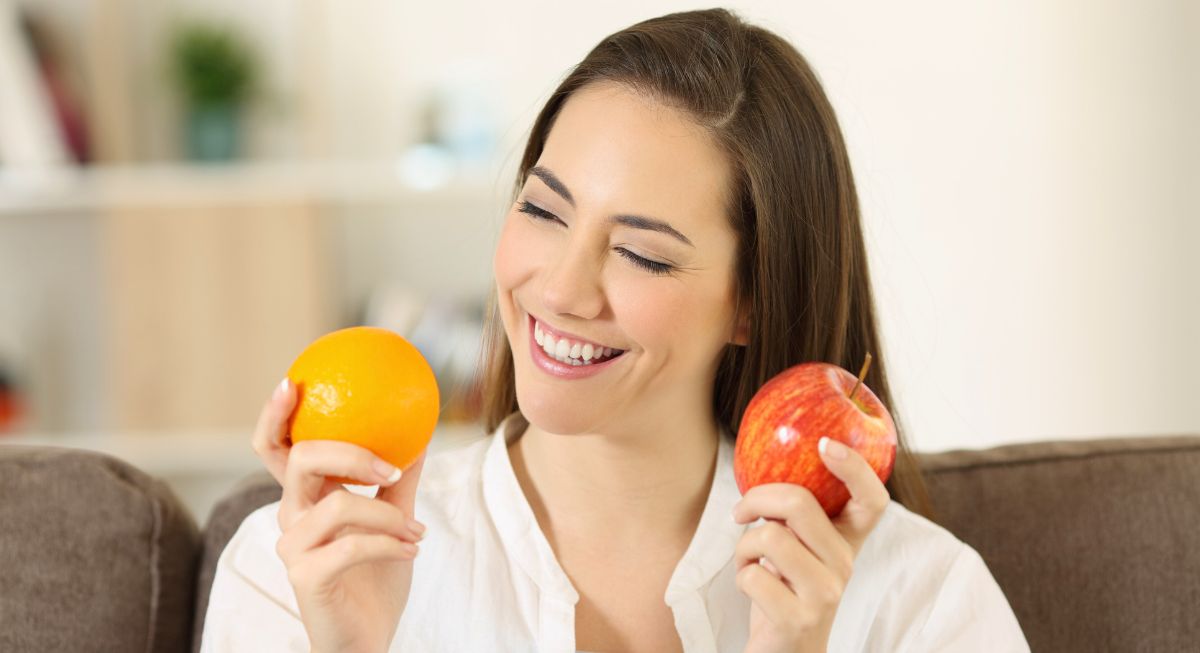Aside from satisfying hunger, food serves humans with lots of nutrients, flavors, and unexpected health perks. There are also some food ingredients that work better together and have the ability to boost absorption, enhance benefits, and make every bite rewarding. Curious to know which ones deserve a spot on the plate? Let's get into it!
Lemon and Green Tea
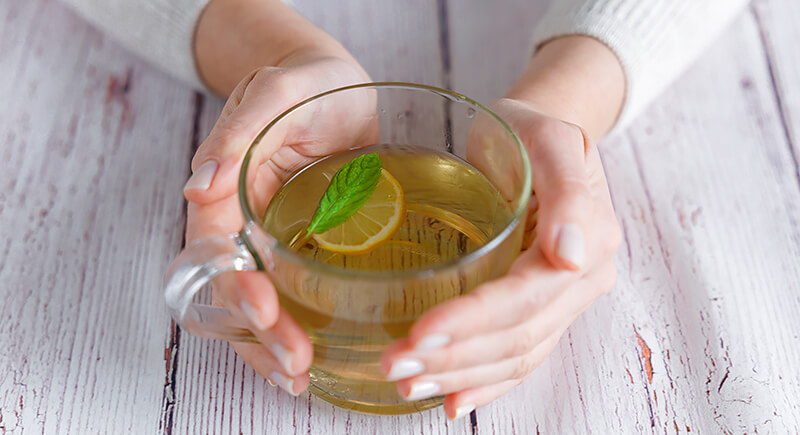
Credit: iStockphoto
Boosting antioxidant absorption is as easy as squeezing lemon into green tea. The vitamin C enhances catechin absorption, helps fight inflammation, and supports heart health. Skipping the citrus means losing some of those benefits. This method is best for those looking to maximize their tea's health perks while keeping their beverage fresh, flavorful, and packed with nutrients.
Tomato Sauce and Baking Soda
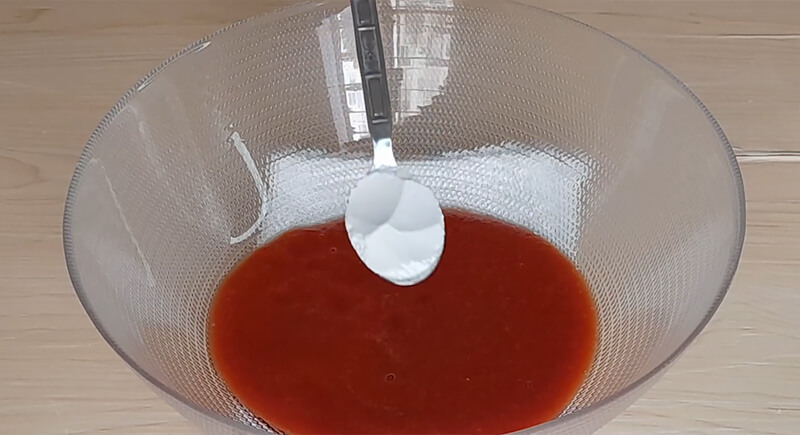
Credit: Youtube
Acidic tomato sauce can cause discomfort for sensitive stomachs, but a pinch of baking soda neutralizes acidity without altering the taste. This trick prevents heartburn and makes meals gentler on digestion. Without it, tomato-heavy dishes might trigger acid reflux.
Fish and Garlic
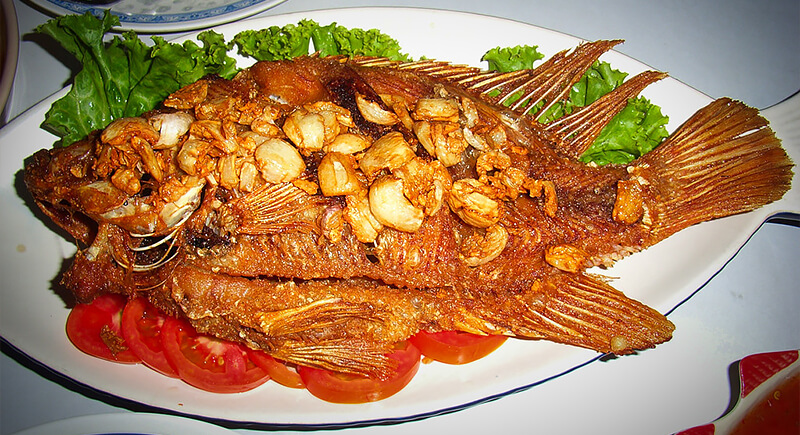
Credit: flickr
These two powerhouse ingredients can work together to support heart health. Omega-3s in fish and allicin in garlic help lower blood pressure and improve circulation. Otherwise, some cardiovascular benefits diminish and garlic’s sulfur compounds also boost immunity.
Leafy Greens and Lemon
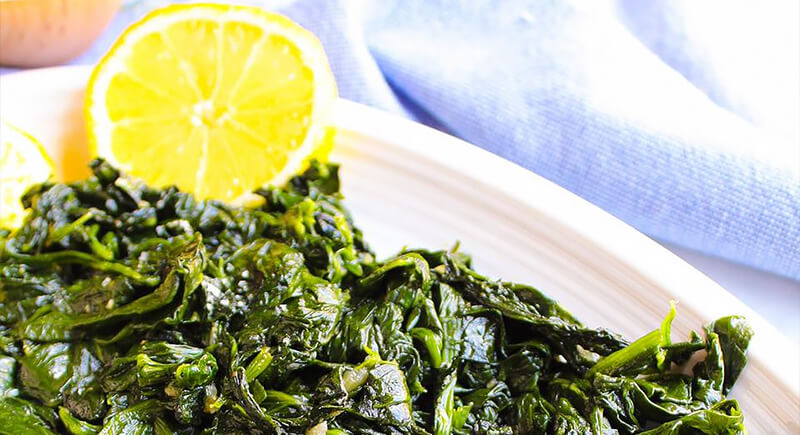
Credit: Facebook
Spinach and kale are full of iron, but without vitamin C, your body struggles to absorb it. A splash of lemon juice turns plant-based iron into a form your system can use and reduces the risk of anemia signidicantly.
Rosemary and Steak
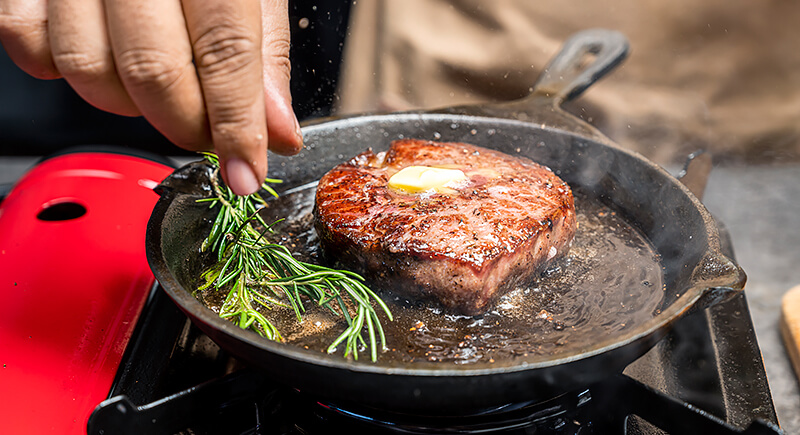
Credit: iStockphoto
High-heat cooking creates harmful compounds in meat, but rosemary's antioxidants help reduce those risks. Grilling without this fragrant herb may expose you to more heterocyclic amines that are linked to health concerns.
Beans and Apple Cider Vinegar
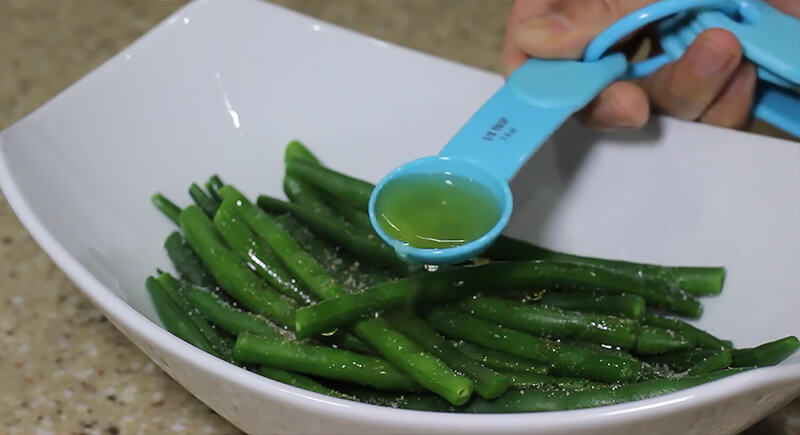
Credit: Youtube
Legumes have natural sugars that often cause bloating. Apple cider vinegar breaks them down, subsequently easing digestion and making meals more comfortable. Talk about a game-changer for those who love plant-based protein but want to avoid the usual digestive side effects.
Vinegar and Rice
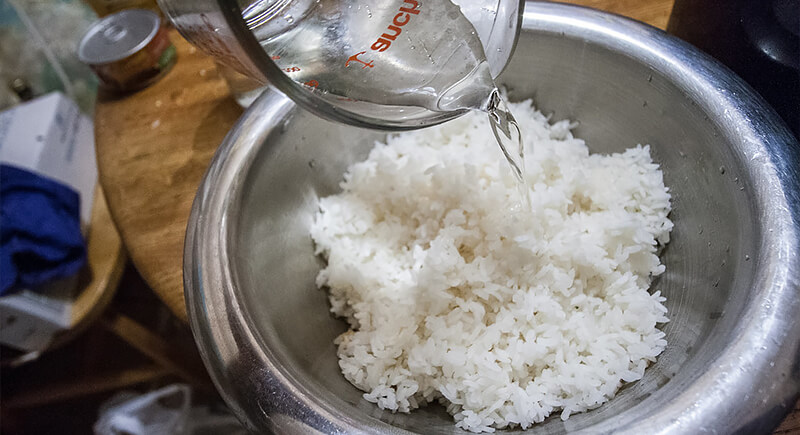
Credit: flickr
Blood sugar tends to spike after eating white rice; luckily, a little vinegar helps slow digestion and reduce the glycemic response. This means steadier energy and fewer crashes, and those post-meal slumps hit less frequently.
Swiss Chard and Butter
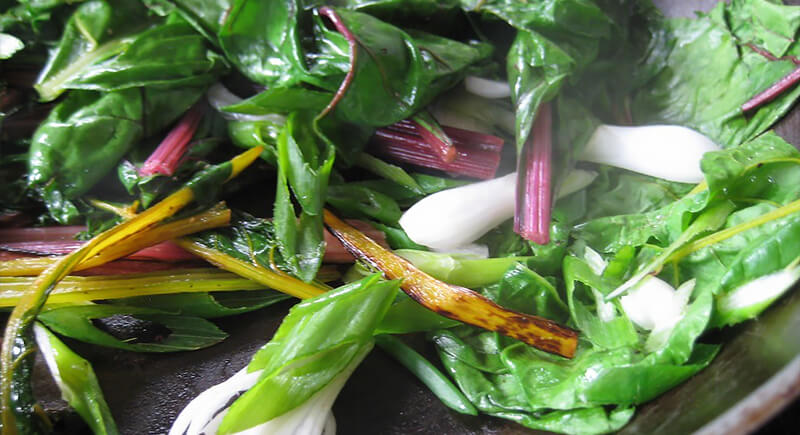
Credit: flickr
Sautéed greens taste amazing, and they also deliver essential fat-soluble vitamins—when eaten with the right fat source. Butter improves vitamin K and A absorption and makes every bite more beneficial–not to mention delicious.
Tomato and Olive Oil
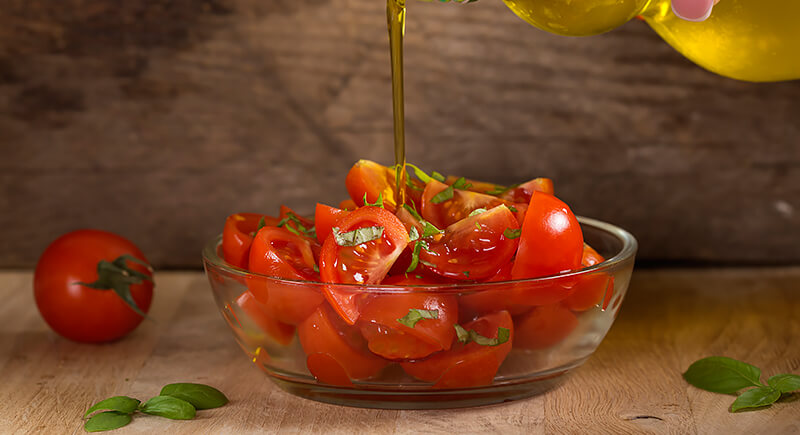
Credit: iStockphoto
Tomatoes contain powerful antioxidant phytochemicals called lycopene, which the body absorbs best with healthy fats. Olive oil makes this antioxidant easier to digest and use. This is a must-know trick for anyone who loves Mediterranean flavors and wants to get the most out of their nutrient-rich meals.
Lemon and Spinach/Broccoli
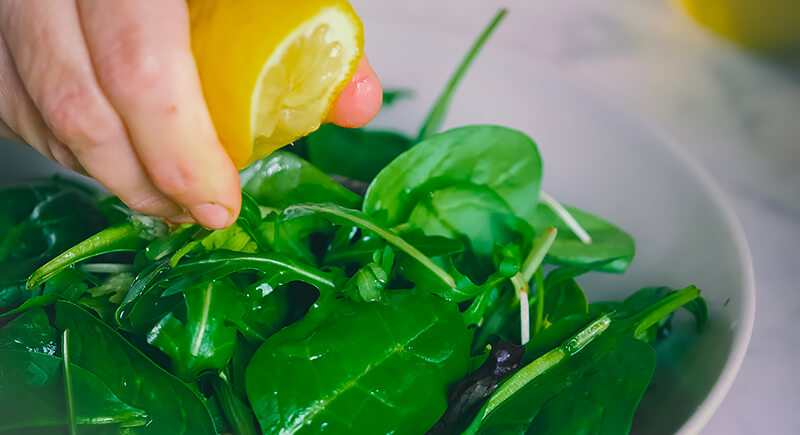
Credit: iStockphoto
As is with green tea, a simple squeeze of citrus makes all the difference when it comes to iron absorption from greens. Vitamin C converts plant-based iron into a form your body can readily use and supports energy and circulation.
Turmeric and Black Pepper
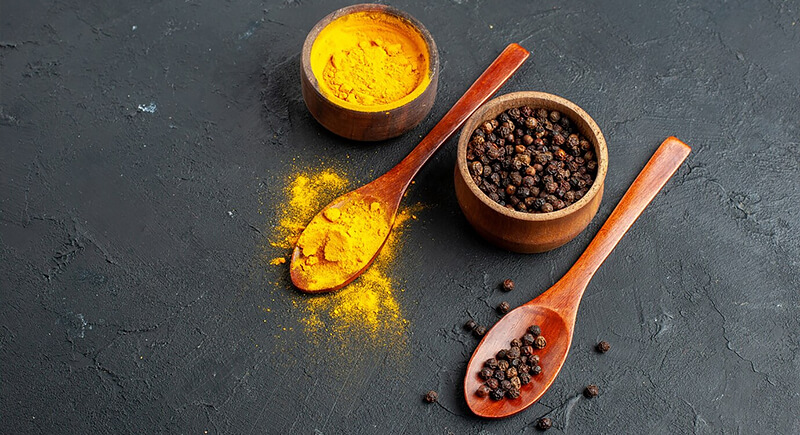
Credit: freepik
Curcumin in turmeric has anti-inflammatory benefits, but the body struggles to absorb it alone. Piperine in black pepper increases its bioavailability by up to 2,000% and amplifies the benefits. Skipping the pepper means missing out on turmeric's full potential.
Beans or Lentils and Whole Grains
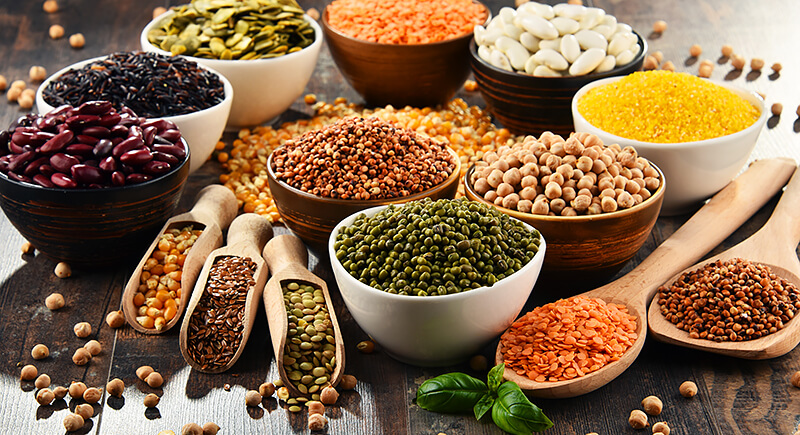
Credit: iStockphoto
Plant-based meals need complete proteins, and pairing grains with beans or lentils ensures essential amino acids. Eaten separately, these foods lack certain building blocks for muscle repair and energy. Now, this method is valuable for vegetarians and vegans looking to maintain strength.
Vitamin E and Selenium
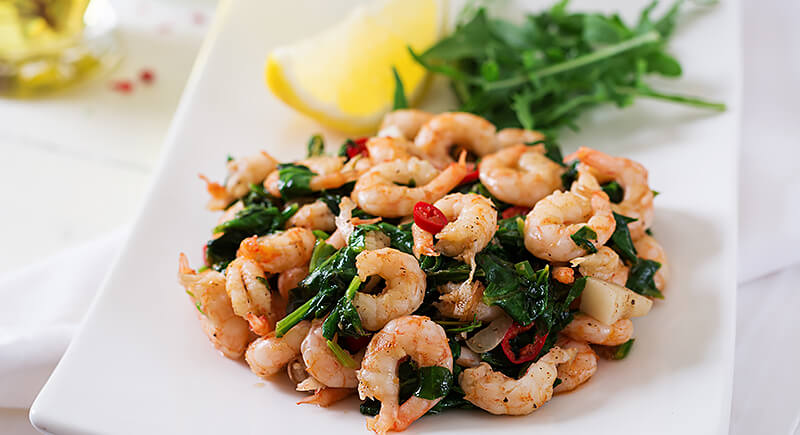
Credit: iStockphoto
Cell protection depends on powerful antioxidants, and these two nutrients work best as a team. Vitamin E neutralizes the harmful free radicals, while selenium helps regenerate it for extended defense. Without both, oxidative stress takes a bigger toll on cells.
Yogurt and Berries

Credit: flickr
Probiotics in yogurt keep digestion running smoothly, but they need fuel—fiber from berries provides the perfect prebiotic source. Good bacteria have less nourishment when it’s not paired with fiber, which makes them less effective.
Calcium and Vitamin D
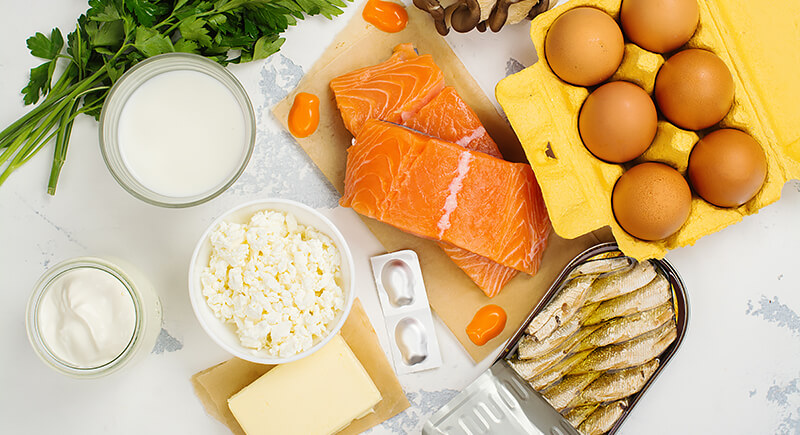
Credit: iStockphoto
Strong bones depend on more than calcium—vitamin D is needed for absorption. With insufficient vitamin D, calcium struggles to reach bones, which increases the risk of fractures and osteoporosis (low bone density).
Other Meals and Fermented Foods
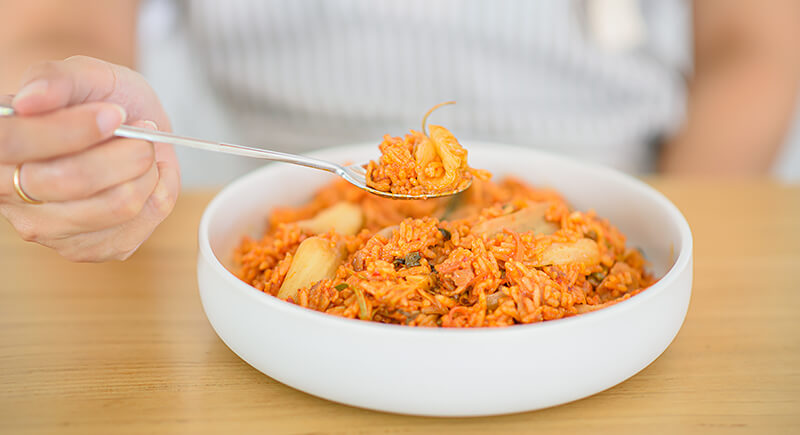
Credit: iStockphoto
Fermented foods introduce beneficial bacteria that improve gut health. The microbiome need them to stay balanced and avoid sluggish digestion and poor nutrient absorption. Adding kimchi, sauerkraut, or miso to meals helps with better digestion, stronger immunity, and a flavorful way to support long-term health with natural sources of probiotics.
Cereal and Pulse
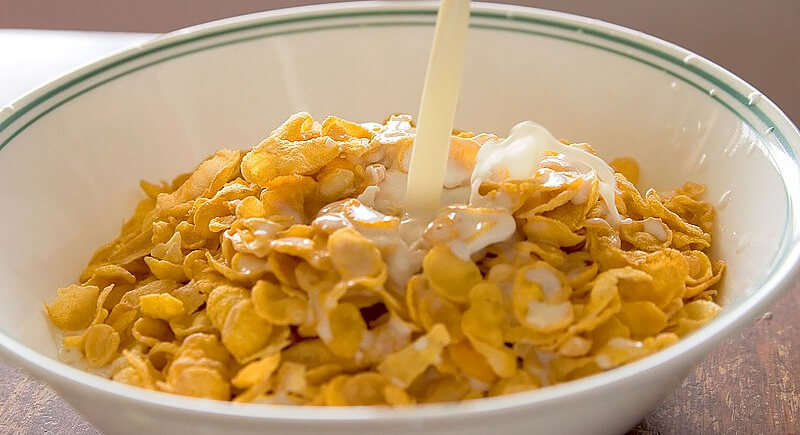
Credit: Wikimedia Commons
Traditional diets worldwide have long paired grains with pulses for a reason—they create a complete nutritional profile. Each lacks certain amino acids separately, but together, they offer a high-quality protein source.

